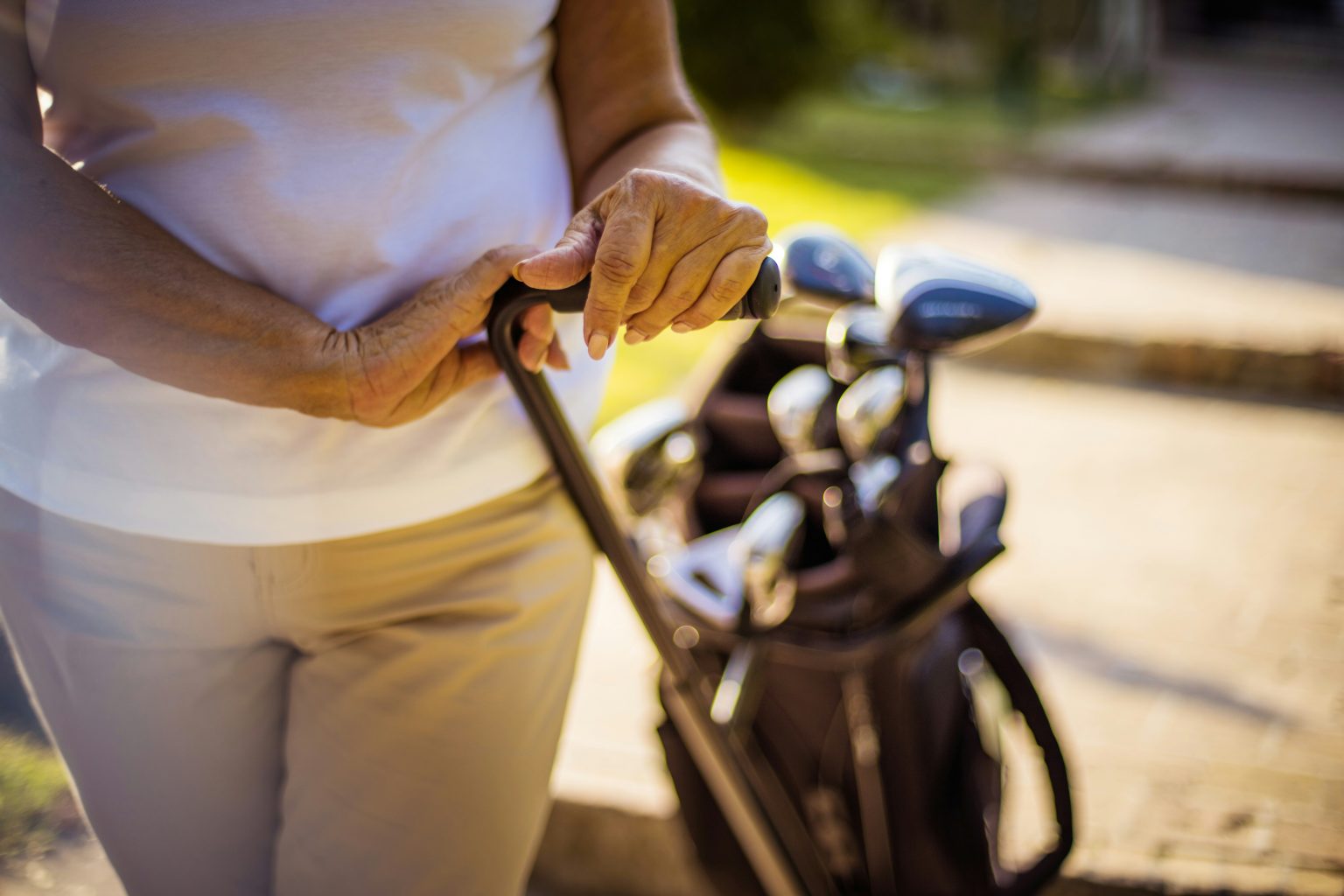Golfers understand that to be a successful golfer, they have to understand the tools of the trade. The two most important clubs in the golfer’s bag are the driver and the iron. While both are important, each has a unique function and is constructed in a different manner. This article looks at the differences between these clubs and how they will affect your play on the course.
Design and Structure: The Foundation of Difference
When comparing drivers and irons, one is immediately struck by the differences in their appearance. A driver is defined by a large club head, a long shaft and a small face angle. This design helps players to get the maximum distance from the tee. Irons, on the other hand, have a larger clubhead, a shorter club shaft and a flatter club face. These structural differences are to serve precision and control, which are very important when approaching the green.
Purpose and Application: Distance vs. Accuracy
The primary purpose of a driver is to maximize distance. On the tee, your driver is the club you use to hit the ball as far as possible down the fairway. Callaway golf gear, especially their drivers, are famous for providing distance while at the same time offering control. On the other hand, irons are all about precision and control. On the fairway and especially when the ball is near the green, irons allow you to play controlled shots that involve both distance and height.
Swing Mechanics: How They Shape Your Game
Swinging a driver is different from swinging an iron in terms of technique. The driver swing is typically longer, and the motion is intended to strike the ball with an upward motion. This technique is used to optimize launch angle and distance. On the other hand, irons are swung in a downward motion with an intention of striking the ball before the ground. This leads to a shot that is less about power and more about accuracy, in essence a finesse shot.
Impact on Strategy: Choosing the Right Club
Deciding between a driver and an iron is sometimes more dependent with the layout of the course and the player’s position on the course. On longer holes, the driver is very useful as it can allow the player to advance a long way with just one shot. On the other hand, when precision is required, as in the case of approach shots or when avoiding hazards, players tend to use irons. Knowing when to prioritize distance over precision, or vice versa, is the secret to improving your score.
Forgiveness and Playability: Catering to Different Skill Levels
The term forgiveness is used to describe a club’s capacity to correct mis-hits. Drivers are usually bigger in size and thus have a larger sweet spot and this makes them ideal for players who have a tendency of hitting the ball off-center. On the other hand, irons especially the low numbered ones can be unforgiving at times. But advanced technology has enabled the manufacturers to come up with irons that offer both control and forgiveness to the players of all levels.
Conclusion: The Complementary Roles of Drivers and Irons
To sum up, drivers are aimed at achieving greater distances while irons are aimed at precision; however, both of them are vital to a good game. The driver’s job is to give the golfer the most distance possible, positioning the golfer for the next shots. Irons are the most accurate clubs that enable players to employ measured swings that may make the difference between a birdie and a bogey. Whether it is Callaway golf equipment or any other brand, knowledge of these differences and change of strategy will improve your play on the field.



